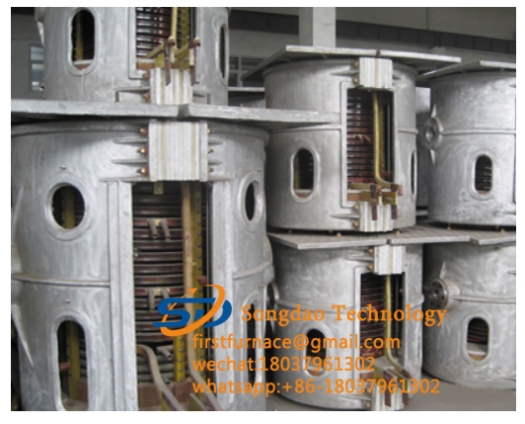- 23
- May
Essentials of Safe Operation of Metal Melting Furnace
Essentials of Safe Operation of Piec do topienia metalu
(1) Check the furnace lining. When the thickness of the furnace lining (excluding asbestos board) is 65-80mm smaller than the wear, it must be maintained
(2) Check for cracks. Cracks above 3mm should be filled with furnace lining materials for repair to ensure unblocked cooling water. 2. Precautions for adding a metal melting furnace
(3) Do not add wet charge. When it is absolutely necessary, put the wet charge on it after putting in the dry charge, and use the method of drying by the heat in the furnace to evaporate the water before melting.
(4) Chips should be placed on the residual molten iron after tapping as much as possible, and the amount of input at a time should be less than 10% of the furnace capacity, and it must be evenly input.
(5) Do not add tubular or hollow sealant. This is because the air in the sealed charge expands rapidly due to heat, which can easily cause explosion accidents.
(6) Regardless of the charge, put in the next charge before the previous charge is melted.
(7) If you use a charge with a lot of rust or sand, or add too much material at a time, “bridging” is easy to occur, and the liquid level must be checked frequently to avoid “bridging”. When “bypass” occurs, the molten iron at the lower part will overheat, causing corrosion of the lower furnace lining, and even furnace wear accidents.
(8) The temperature management of molten iron in the metal melting furnace. Remember not to raise the molten iron to a temperature higher than the requirements of the casting material during production. Too high molten iron temperature reduces the life of the furnace lining. The following reaction occurs in the acid lining: Sio2+2C=Si+2CO. This reaction proceeds quickly when the molten iron reaches above 1500°C, and at the same time, the composition of the molten iron changes, the carbon element is burned, and the silicon content increases.

